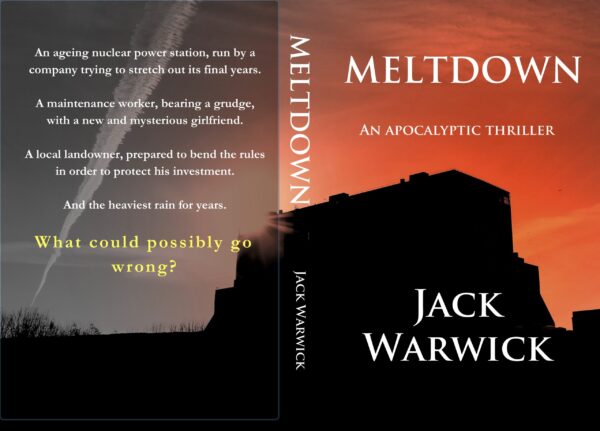Welcome to another blog post, where I give some insight on how I come to write a particular novel, and where I get the inspiration.
There are a number of themes running through my thriller writing.
One is environmentalism – I do fear that we’re sleepwalking into a potential disaster. The rise of vested interests and selfishness – society as a whole being unwilling to take the steps needed to save the planet – means that action is restricted to a very few, who are castigated and ridiculed by the seam of populism running through our lives. Sometimes, the selfishness runs into nationalism – the narrative beingL why should WE do something that adversely affects our lives, when THEY aren’t doing anything at all?
Another theme is corruption – selfishness on the part of those in power (both politically and financially) ensures that their needs are met and enhanced, to the detriment of others without the power.
Having said that, story comes from character. I want my readers to understand and empathise with the characters – be able to put themselves in the mind of my characters, to see and understand what the characters are doing, and why. Ideally, I would like readers to say: “Do you know what? I can see me doing that sort of thing”. At all times, I want the characters to be ordinary people, in ordinary situations, doing extraordinary things.
Thus it is in Meltdown. I have written several situations, each of which in isolation is innocuous, and wouldn’t necessarily cause a problem. This story is partially inspired by the nuclear disaster at Fukusima – where the problems caused by an earthquake were adequately handled by the existing procedures. Until, that is, a 39-metre tsunami, caused by the earthquake, flooded the buildings the safety equipment was housed in.
I have a character Carl Hayes, who was kicked out of the Navy for trying to help out a friend by ‘taking the rap’ for misbehaviour. Now he’s working at a nuclear power plant as a maintenance manager, where the Operations Manager is cutting back on his team, on their overtime, trying to keep the plant profitable during the final years of its life.
I have a local businessman, Keith Chambers, who runs a caravan park on top of a cliff. He’s worried about coastal erosion cutting into his land as the cliff erodes away. As time goes on, he will need to keep moving his vans back from the receding cliff edge of the park, and eventually removing some of them, which will reduce his income considerably. He’s heard of projects where the cliff edge is protected from the sea, but the local conservation groups insist that the cliff remain ‘natural’, and are uninterested in his business concerns.
And I have a shadowy group of people who are only interested in highlighting the dangers associated with nuclear power, and want to create a protest demonstration where life could be threatened.
All of these could occur in isolation, and I wouldn’t have a story. But putting them together means that disparate actions by different people come together to being about a result that none of them, individually, foresaw.
